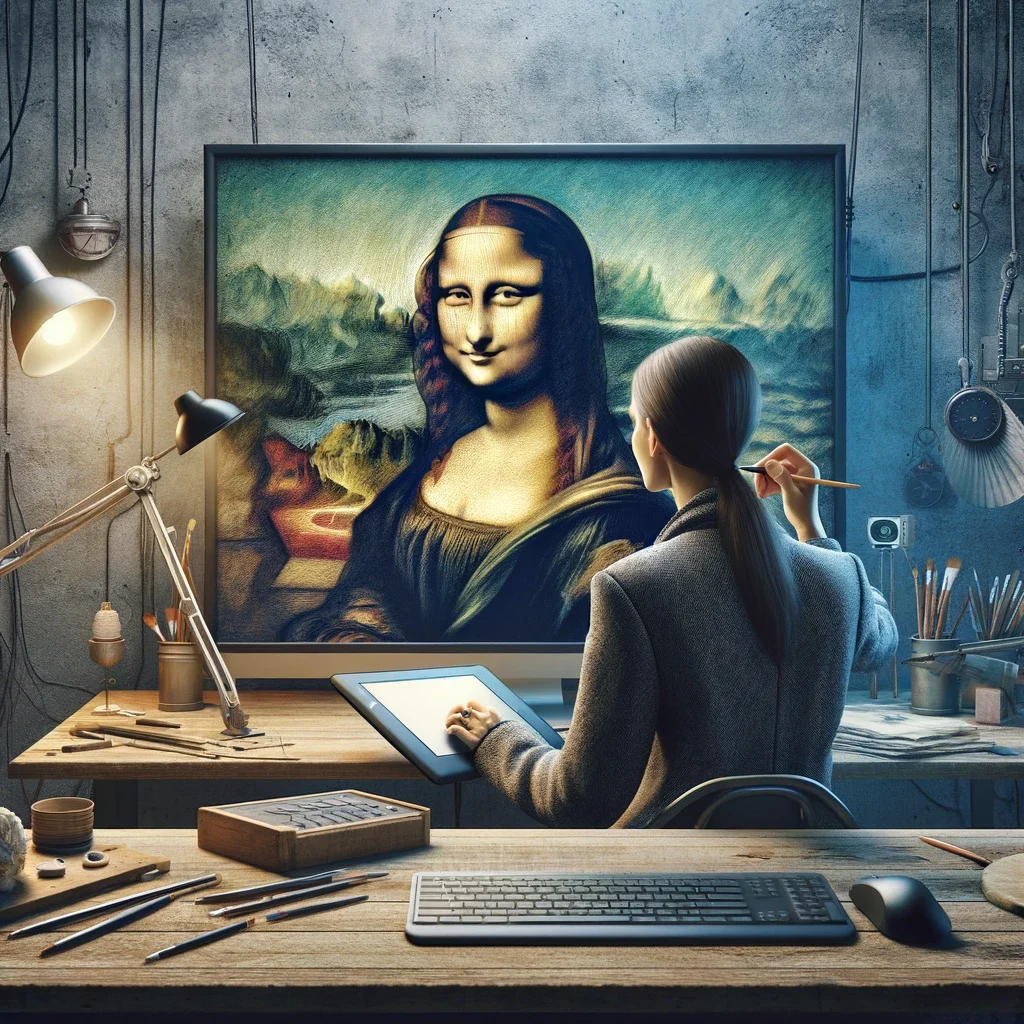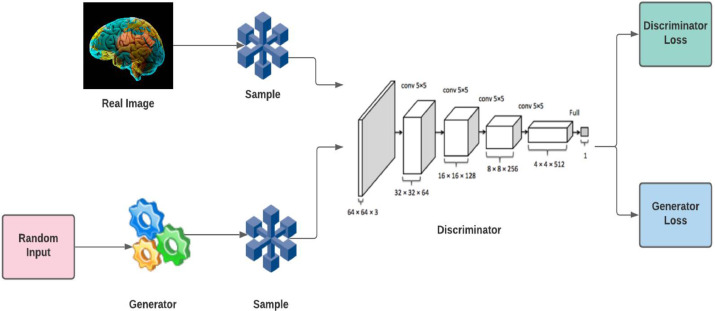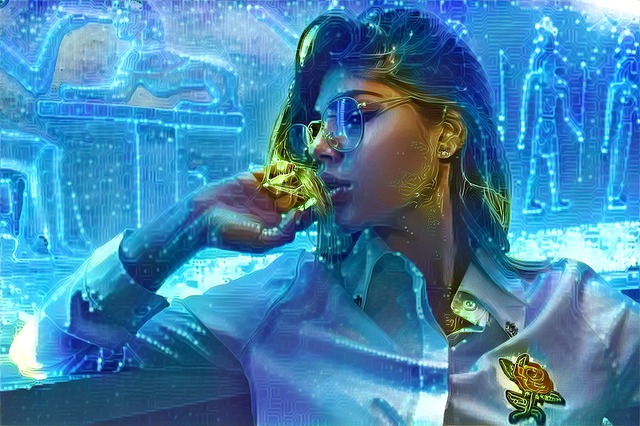

Gone are the days when creating art was only the domain of artists when creativity, imagination and skills were the only sources to create a beautiful piece of art. Individuals who were not skilled at creating beautiful art pieces relied only on words to express their creative side. However, as AI now expands in multiple domains, art is also not something which is untouched.
The AI Artist: A New Paradigm
AI art is a technique to create art by using different AI techniques like GAN( Generative Adversarial Networks) to create stunning visual art. In this era of AI-defined world, where computer algorithms have not just become a tool but also a collaborator in the creative process and also reshaping our understanding of the creative world which could have remained untouched until now. Until now the creation of an art form was defined by the emotions, the understanding and the perspective of an artist however, AI brings in the knowledge derived from the vast amount of databases and machine learning algorithms which not only give a very different perspective in the creation of art but also provides the wings to unparallel possibilities of creativity which may also lead to new forms of innovations.
The Technology Behind the AI Artist
Computer programs to create graphics and art existed before the practical use of neural networks. Right from the fractal programming of the 80s Adobe photoshop, and Blender of the 2000 era, they all required knowledge and expertise in the functionality of the programming tool. However, what makes AI art so different from these tools is its ability to understand the words and phrases used to describe objects and its ability to correlate the object from the vast amount of database it has. Let us understand how this learning is employed by GAN.
Generative Adversarial Networks (GANs): These are a class of machine learning techniques that uses two simultaneously trained models known as a)The GENERATOR and b) The DISCRIMINATOR. As the names suggest, the generator is trained to generate the images and the discriminator is trained to discriminate between a real and a fake generated image. So, if we want the Generator to generate images that look like a beautiful sunset, it will use the characteristics of the training data to create images that are indistinguishable from the training datasets. The discriminator’s objective is to find the real from the fake, the real examples that come from the real datasets. Both the generator and the discriminator compete with each other until the discriminator is unable to identify which is real and which is fake. Each time the discriminator rejects the image created by the generator as a false one, it also sends feedback to the generator to improve.


As described in the figure above, the Generator takes in a vector of random numbers as input and gives an output of fake examples. The aim of Generator here is to produce indistinguishable examples from the real data in training sets.
The data for Discriminator on the other hand comes from two data sources, real data ( x) coming from the real image datasets and fake data(x’) produced by the generator. Through backpropagation, discriminator losses update their weights to minimize the classification errors and similarly, the generator losses are backpropagated to penalize the generator and update the trainable parameters which seek to maximize the discriminator’s errors.
Future of AI art
We are still at a nascent stage where we are experimenting with the technology to create art. In the future, many more algorithms may be created to advance technological innovation in the art form. There is a possibility of new art forms and new structural and architectural designs to be created making us move to a futuristic way of living our life. Living with a technology which creates with the touch of a few keystrokes is an amazing invention.


